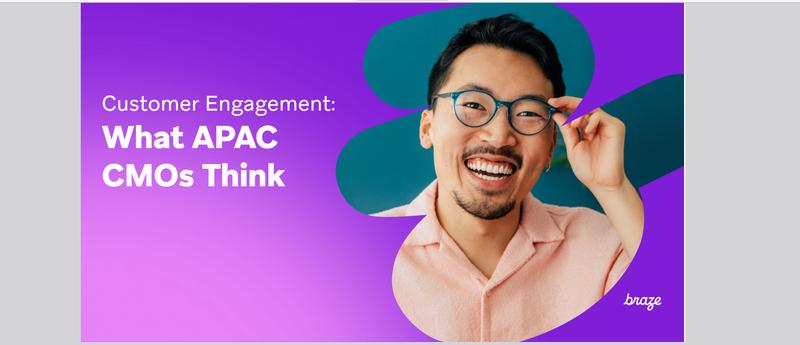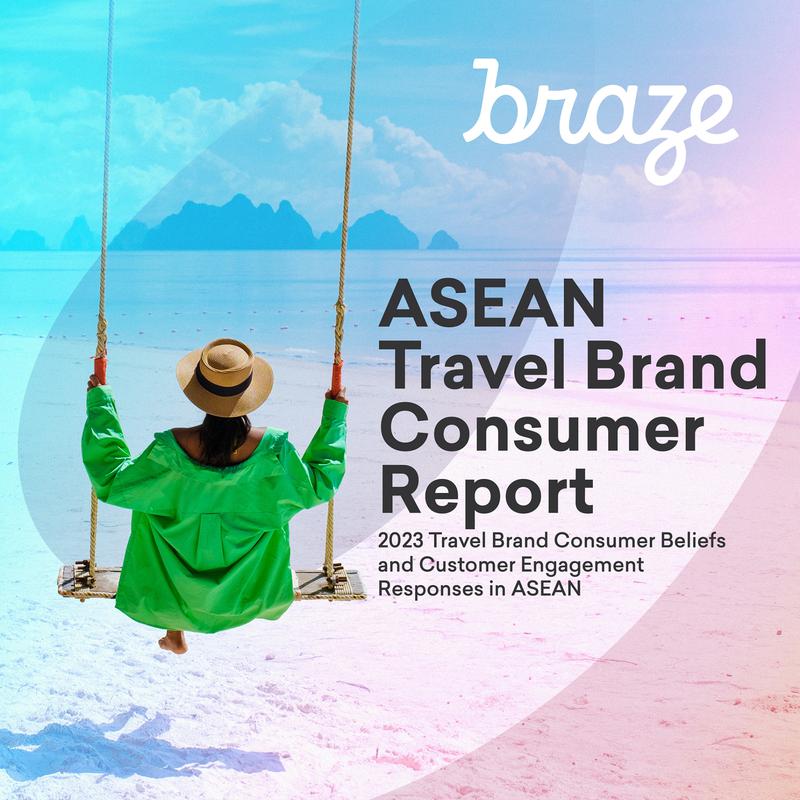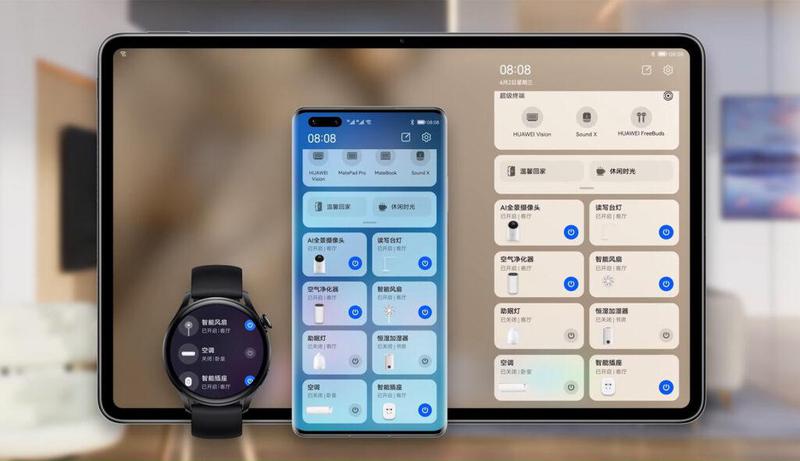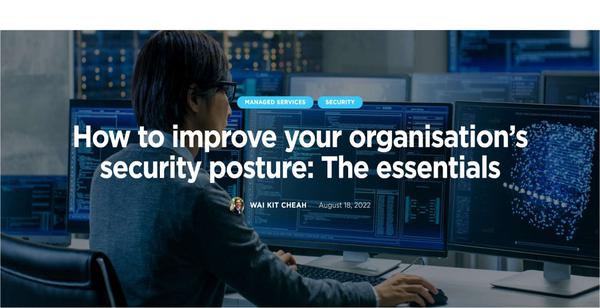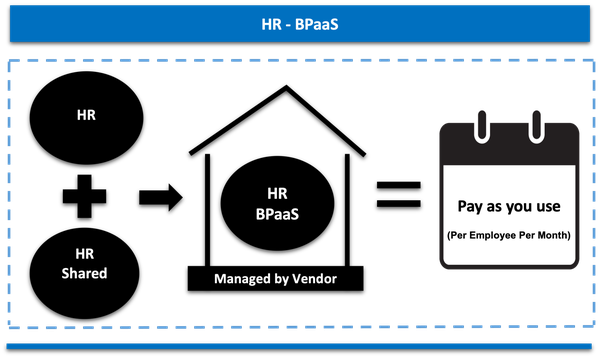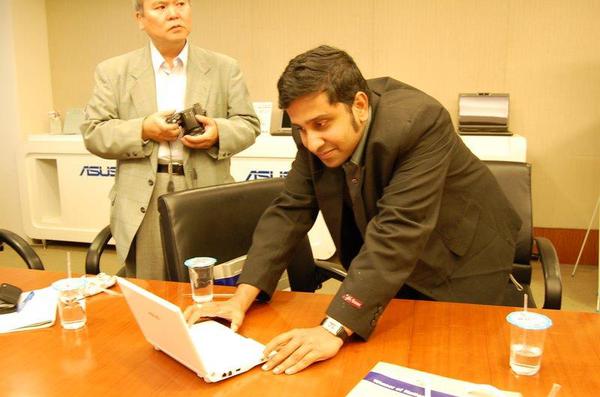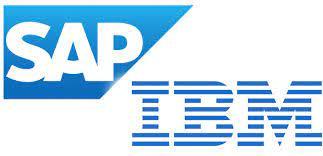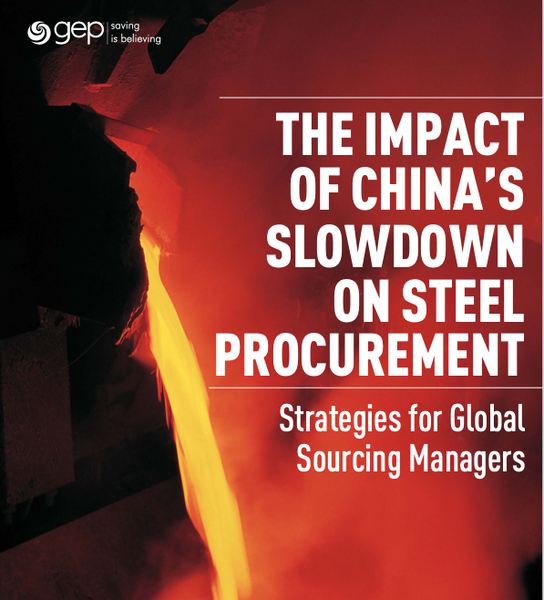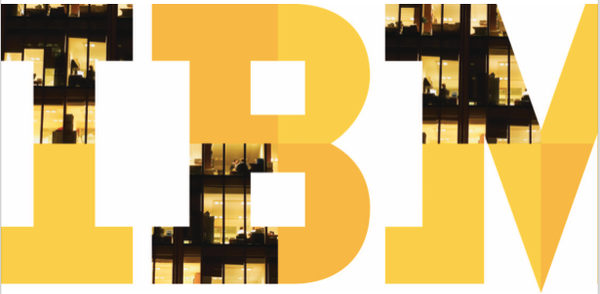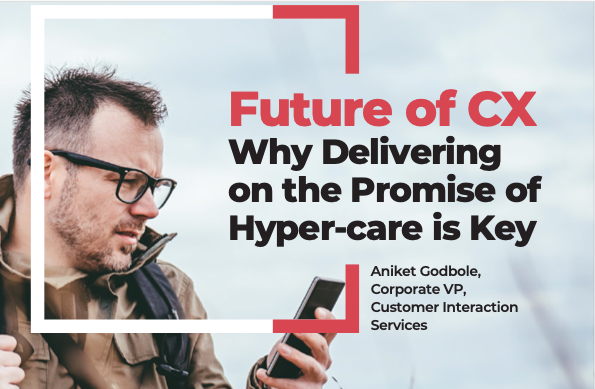
How do organisations in Asia Pacific tackle vulnerability management? - Lumen APAC blog
Reducing business and reputational risks.
Enhancing security posture.
Minimising the attack surface.
Meeting compliance requirements.
B2B Technology Brand Storyteller & Entrepreneur
Technology writer, content marketer, thought leadership manager and media producer focused on Singapore and Asia Pacific
B2B enterprise technology marketing, thought leadership management, content strategy, content development, content marketing program management and
business & technology journalism & editorial management.
Senior business and technology editor, brand storyteller, and enterprise technology thought leadership and content marketing manager with 20 years of senior management experience in the US, UK, South Asian, Southeast Asian, and Middle Eastern markets.
☆ B2B content marketing leader and thought leadership manager who helps companies punch above their weight with targeted, actionable, & data-driven insights and content
☆ B2B thought leadership & business & technology editorial experience with top global IT majors including IBM (in-house), & TCS, Wipro, Dassault Systemes , Lumen, & ServiceNow (clients), and the Indian (The Economic Times), British (New Statesman - online), & Middle Eastern (Khaleej Times) media
☆ Good at giving meaning to enterprise software and defining and communicating the value propositions of niche products, services, and solutions to global audiences using modern storytelling techniques
☆ Brings a publisher's mindset to tech marketing and a marketer's mindset to media
publishing.
☆ Combines rhetoric and argumentation acumen with technology marketing nous and globally bench marked writing skillls to help multinational firms and enterprise software companies differentiate products, solutions, services, and brands.
☆ Good at producing, refining, calibrating, and disseminating insight-rich messages to build mutually beneficial communities around multinational, B2B companies and niche media organisations
☆ Believes that each piece of marketing or
editorial writing should have its own value proposition – a clear and original insight
– without which it is just noise among a lot of noise. I obsess over details & assiduously edit any text laid in front of me
☆ Robust record in recruiting, building, mentoring, managing, and scaling technology content marketing, thought leadership, and editorial and content teams with diverse skill sets
☆ Distinguished mentor for writers – wards have gone on to build successful careers at global news organizations such as Reuters as well as at prominent media publishing houses
☆ Avid student of rhetoric, persuasion, and modern propaganda starting with the early Greco-Roman masters to St Augustine of Hippo and to the modern doyens of propaganda and rhetoric from John Milton to Edward Bernays and the postmodern practitioners Cass Sunstein, Max Boot, Bret Stephen, Anderson Cooper and others. The best propaganda is always presented as helpful advice and is indistinguishable from marketing, entertainment, and news.



